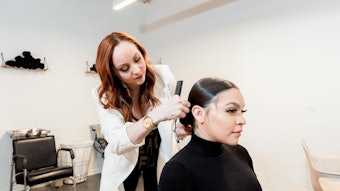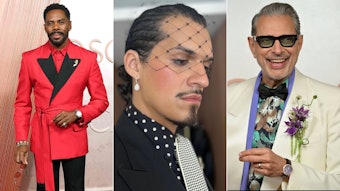
Laser treatments can target various skin concerns. However, despite their effectiveness, not all procedures are safe for individuals with darker skin tones. Explore the best laser treatments for people of color to ensure safety and satisfaction.
Are Laser Treatments Safe for Darker Skin Tones?
Laser procedures are generally safe for people with darker skin tones. However, some treatments can cause damage, especially when not performed by a qualified professional. Choose a clinic with experienced aesthetic technicians who understand different skin types and their needs.
What Are the Best Laser Treatments for People of Color?
Here’s a summary of the safest and most effective laser procedures for people of color.
| Laser Treatment | Key Features | Where to get it |
| PICO Laser | Eliminates acne scars, age spots and sun damage | Noor Esthétique |
Moxi Laser | Delays signs of skin aging | Marmur Medical |
GentleMax Pro Plus Laser | Removes hair and treats pigment lesions and wrinkles | Renue Aesthetic Surgery |
| NeoClear Laser | Helps people dealing with moderate to severe acne | La Chelé Medical Aesthetics |
Discover more details and benefits for each of these treatments.
1. PICO Laser
The PICO laser treatment from Noor Esthétique is a noninvasive procedure that uses ultrashort pulses of laser energy to target issues like acne scars and uneven skin tone. You may feel a snapping sensation, but many clients find it tolerable. The aesthetic clinic uses advanced technology to cater to all skin types, ensuring you get the best results possible.
Best for: Eliminating acne scars, age spots and sun damage
Frequency: Three to four sessions spaced four to six weeks apart
2. Moxi Laser
Moxi is a laser skin resurfacing treatment that targets scars, wrinkles, sun damage, redness and enlarged pores. It stimulates collagen production to improve your skin’s appearance from the inside out. Get the treatment from Marmur Medical — one of New York’s premier dermatology and minimally invasive aesthetics clinics. The procedure is gentle yet powerful enough to target your skin concerns before they become more noticeable.
Best for: Delaying signs of skin aging
Frequency: Three to four sessions spaced four to six weeks apart
3. GentleMax Pro Plus Laser
If you’re looking for a gentle yet effective solution for unwanted hair, the GentleMax Pro Laser at Renue Aesthetic Surgery may be for you. This clinic is the first to offer this service in Kansas to clients who want hair removal or wrinkle reduction.
The GentleMax device targets the hair follicles with intense light energy pulses, without harming the surrounding tissues to remove unwanted hair. The laser’s dual-wavelength technology can be adjusted for a variety of skin needs, making it a great option for people of all skin tones.
Best for: Hair removal and treating pigment lesions and wrinkles
Frequency: Multiple sessions for optimal results
4. NeoClear Laser
NeoClear Laser is a two-step solution for acne-prone skin. According to La Chelé Medical Aesthetics, it delivers energy to the skin without physical content 30 to 50 times faster than other laser treatments. The aesthetic clinic uses an FDA-cleared NeoClear Laser device to reduce the severity of blackheads, whiteheads, pimples and cysts.
Best for: People dealing with moderate to severe acne
Frequency: Four to six sessions
Try the Most Effective Laser Solutions for Darker Skin Tones
Always prioritize your safety by consulting with experts who possess a deep understanding of your skin’s needs. Visit your desired clinic’s website for more information about laser treatments.
Disclaimer:
The above paid-for content was produced by and posted on behalf of the Sponsor. Content provided is generated solely by the Sponsor or its affiliates, and it is the Sponsor’s responsibility for the accuracy, completeness and validity of all information included. Beauty Launchpad takes steps to ensure that you will not confuse sponsored content with content produced by Beauty Launchpad and governed by its editorial policy.











